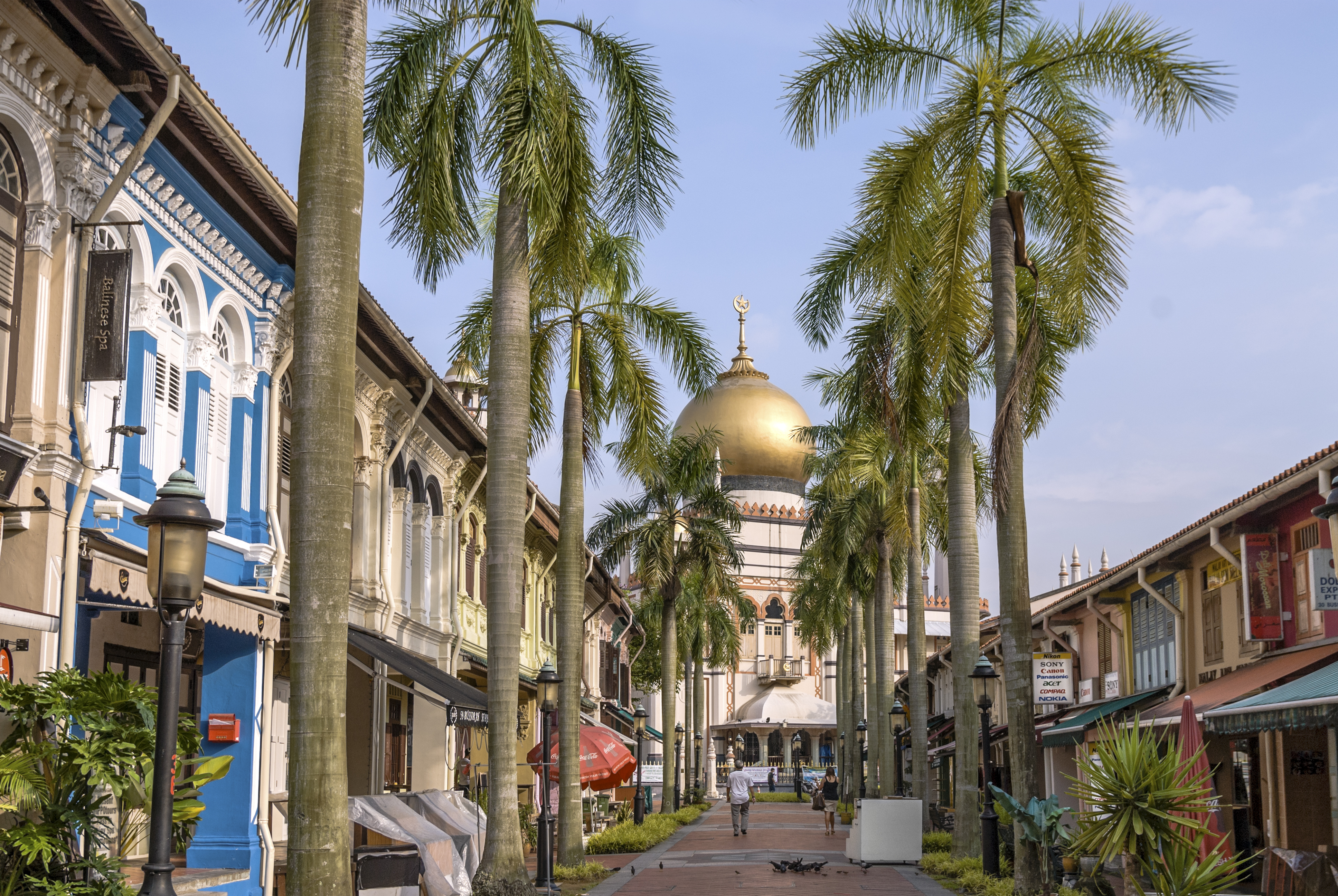What does the Aljunied MRT Station, Alkaff mansion, and the Alsagoff Arab School have in common?
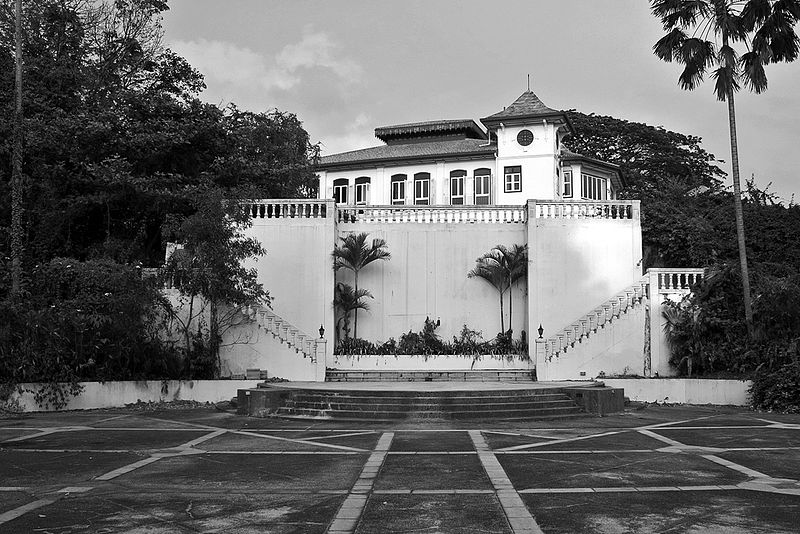 Alkaff Mansion. Image via Street Directory.
Alkaff Mansion. Image via Street Directory.
All three places bear the names of prominent Singaporean Arabs.
Singaporean Arabs have a history that stretches all the way to the island's modern founding by Stamford Raffles. Even though they are a relatively small community, they have made prominent contributions to the country.
Here are five things to know about them:
1. They settled in the Arab Quarters
The first Arabs arrived in Singapore in 1819, the same year Raffles landed on our shore. At that time, the Arabs had already established themselves as prominent traders in Southeast Asia, operating out of their base in Palembang, Indonesia.
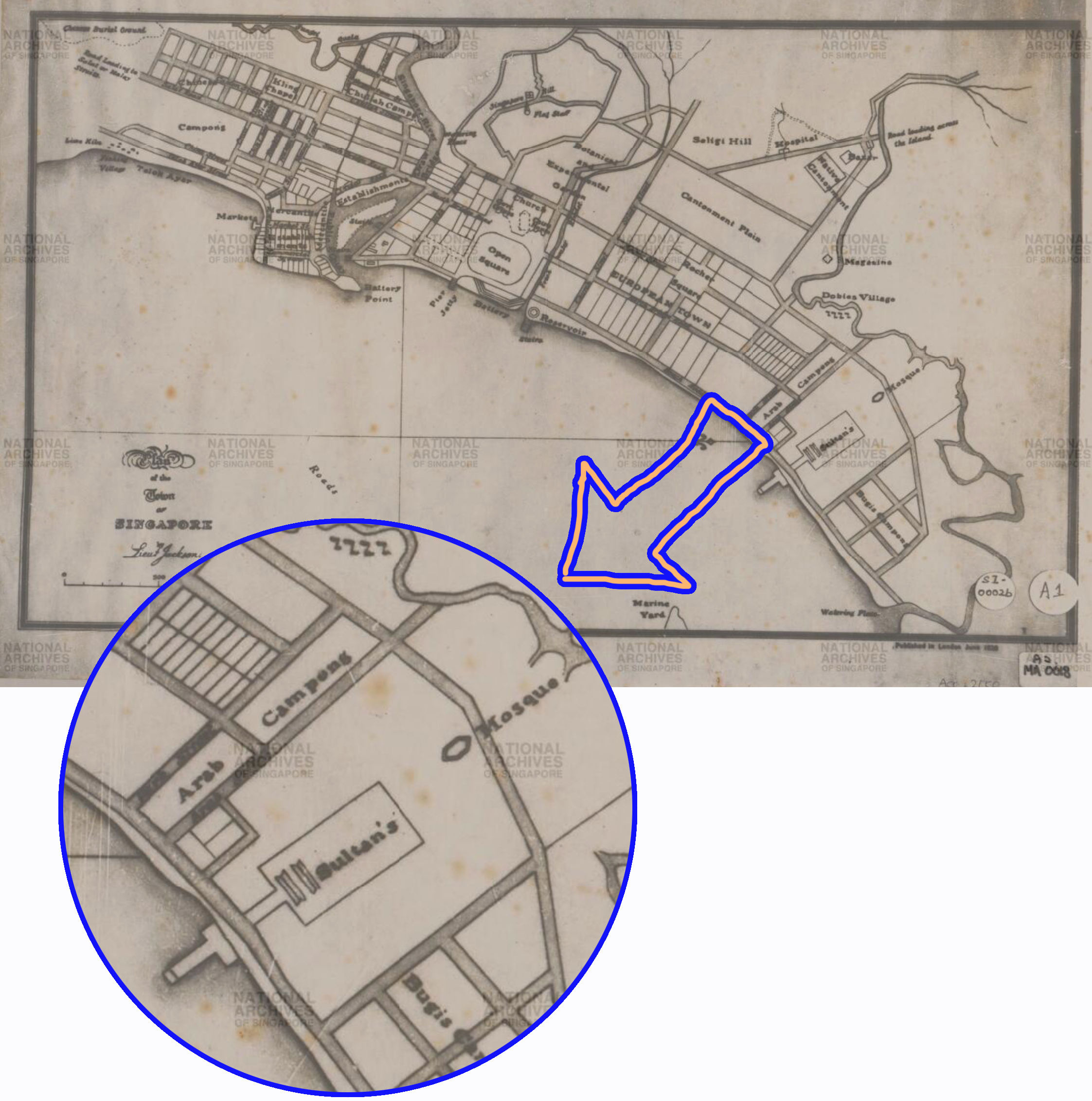 Image adapted from National Archives of Singapore.
Image adapted from National Archives of Singapore.
As part of the town planning in the British colony, Arabs were allocated a space in present day Arab Street - then named Arab Campong (Kampong).
Today, the area around Sultan Mosque bears traces of Singapore's old Arab Quarter, with street names like Arab Street, Haji Lane, and Bussorah Street.
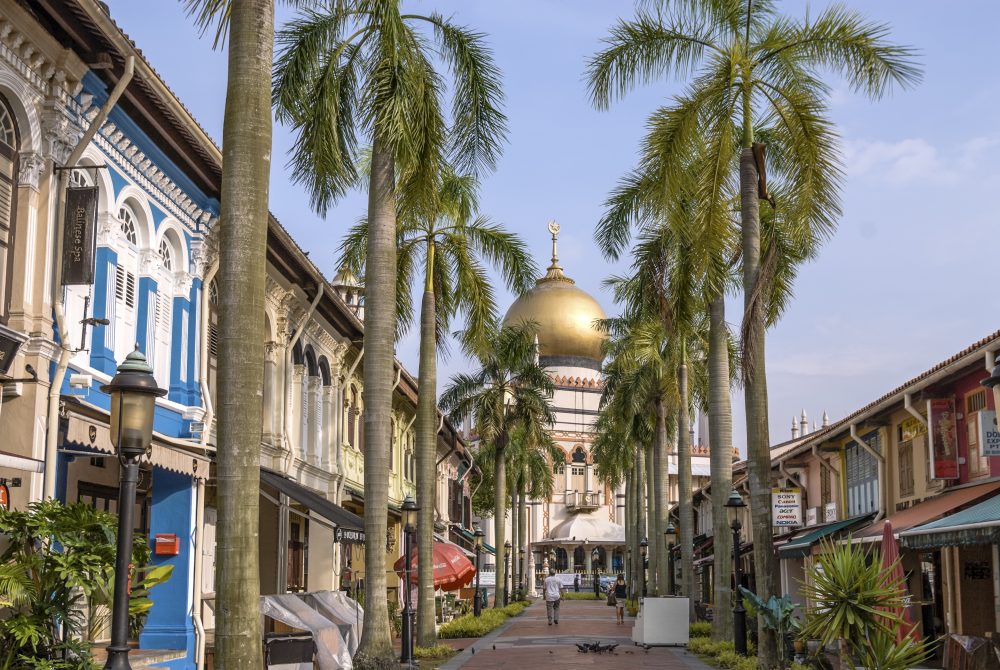 SINGAPORE - 2011/04/27: Row of shophouses in Arab Street. (Photo by Olaf Protze/LightRocket via Getty Images)
SINGAPORE - 2011/04/27: Row of shophouses in Arab Street. (Photo by Olaf Protze/LightRocket via Getty Images)
2. Most of them are Hadhrami Arabs
Most Arabs in Singapore are Hadhrami Arabs, whose forefathers came from Hadhramaut in Yemen.
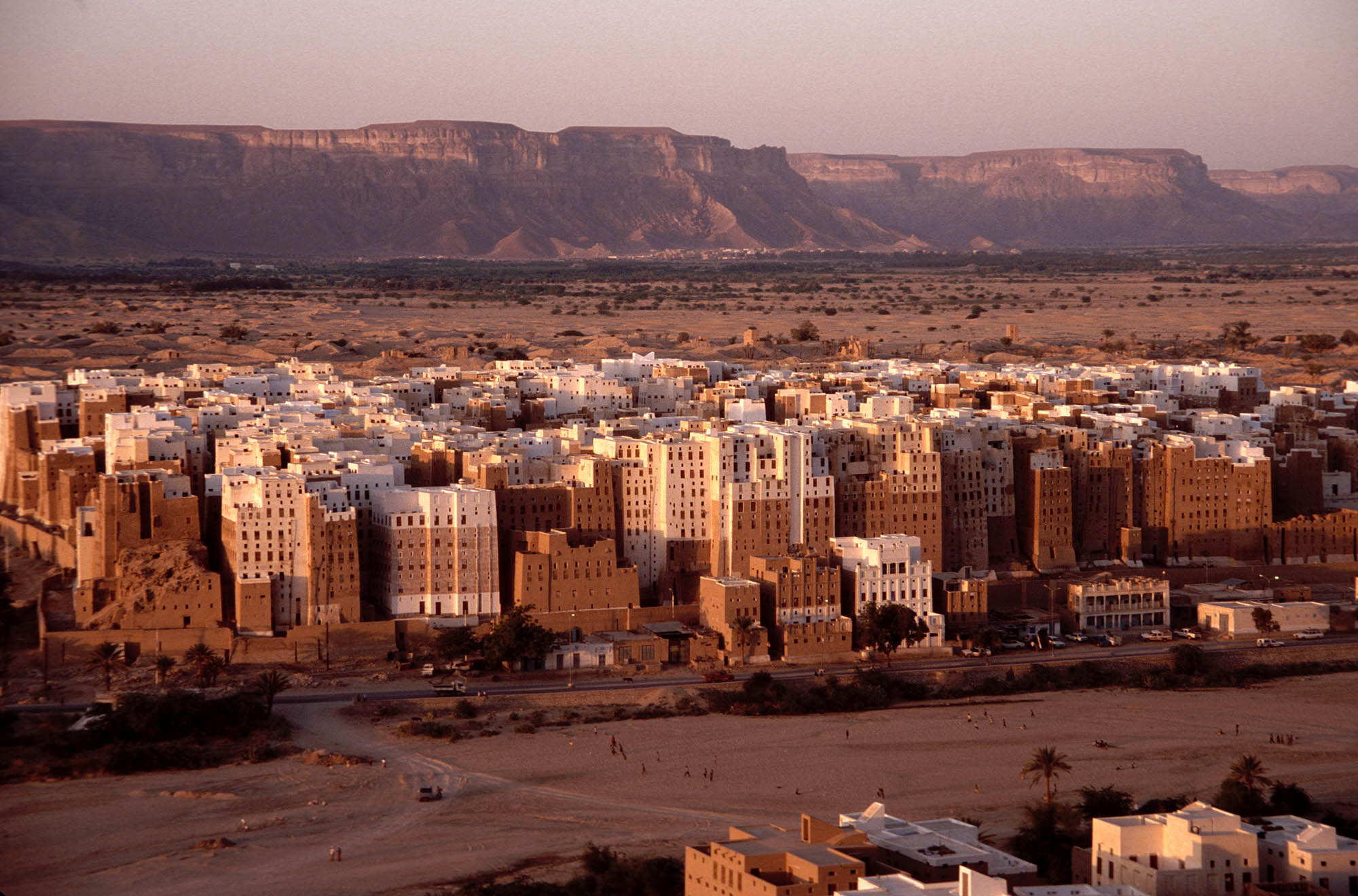 City of Shibam in Hadhramaut. Image via.
City of Shibam in Hadhramaut. Image via.
Hadhrami Arabs migrated to Southeast Asia in the 18th century, and established themselves as traders in the Dutch East Indies. Because of their far-reaching trade networks, the British encouraged them to come over to Singapore to help grow the new port into a trading hub.
Some of the more famous Arab families were the Aljunied (al-Junayds), the Alsagoff (al-Saqqāf), and the Alkaff (al-Kāf) families.
They were so influential that places and roads have been named after them - case in point, Aljunied Road, Aljunied Crescent, Aljunied Avenue, Aljunied MRT Station... you get the drift.
3. Successful landowners
Besides trading, many Arab families became rich by making very astute land purchases.
By the 1930s, because of the sharp increase in land prices, the Arabs became the wealthiest community in Singapore. They owned shops, hotels, and even whole streets of shophouses.
Just before the Second World War, the Arab elites owned about 75 per cent of land that was not owned by the British. This amounted to about 50 per cent of the land in Singapore.
For example, the famous Raffles Hotel and the land it sat on was owned by Syed Mohamed Alsagoff, who leased it to the Sarkies brothers to operate as a hotel.
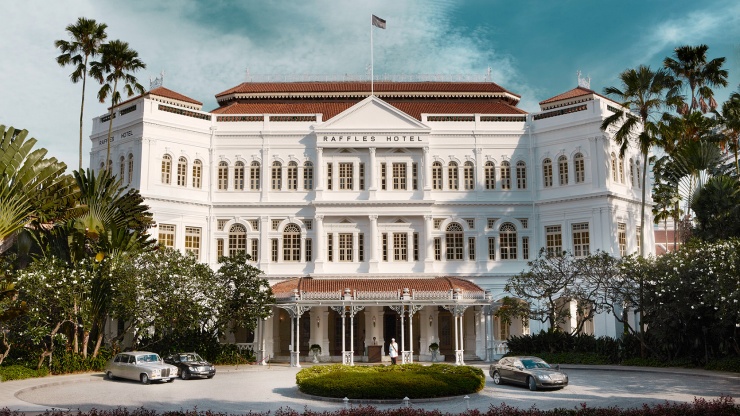 Raffles Hotel. Image via YourSingapore.
Raffles Hotel. Image via YourSingapore.
4. The custom of wakaf
When Arab traders came to Singapore, they brought along their customs and practices, one of which was the wakaf.
Simply put, wakaf (or waqf in Arabic) is endowment that a person designates to be used for religious or charitable purposes. Wakaf can include any kind of physical object (such as a chair, or a carpet), but one of the biggest forms of wakaf is the dedication of property or land.
The first documented example of wakaf in Singapore was the endowment of the Omar Mosque in 1820 by Arab businessman Syed Omar Ali Aljunied.
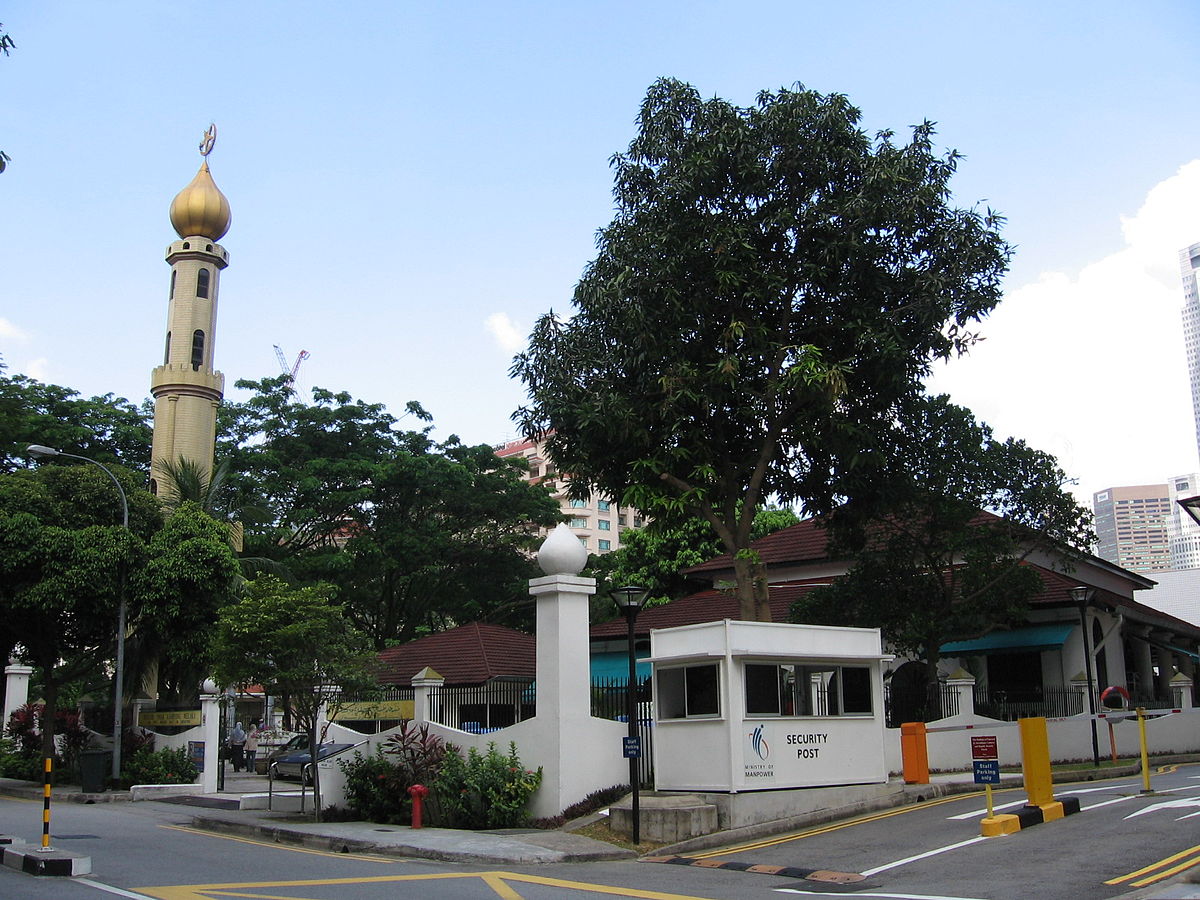 The Omar Mosque today. Image via Wikipedia.
The Omar Mosque today. Image via Wikipedia.
Endowing property and land as wakaf not only fulfilled religious obligations, but also brought the donor families prestige.
The Arab elites who could afford to donate land to charity were very much respected for their generous land contributions which benefitted the Muslim community in the form of schools, hospitals, and religious institutions.
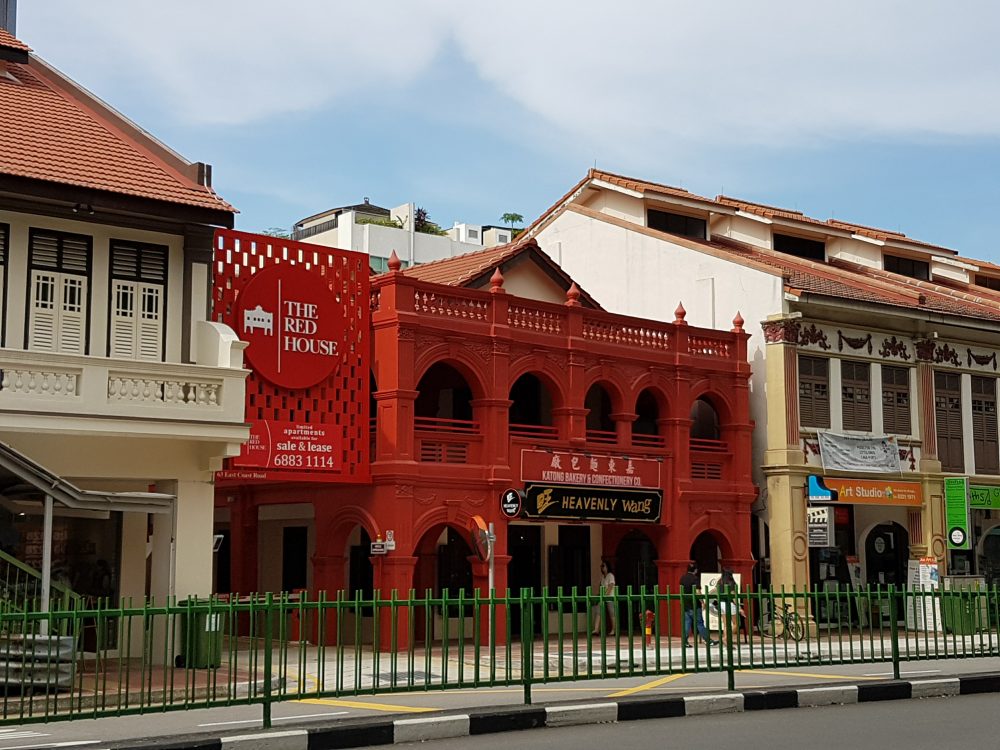 The Red House, formerly the Red House Bakery, is a wakaf property managed by MUIS.
The Red House, formerly the Red House Bakery, is a wakaf property managed by MUIS.
These properties in trust were managed by the Arab families themselves. However, in 1968, the government enacted the Administration of Muslim Law Act which handed over the administration of wakaf properties to the Singapore Islamic Council (MUIS).
As a result, the wakaf properties were no longer tied to the donor families, which made their connection to their charitable deed less visible.
5. Loss of land and fortune
However all good things have to come to an end.
The post-war years saw a scarcity of housing options. The British government decided to enforce rent control in 1947 to prevent property rent from skyrocketing. This meant that private Arab landlords and the beneficiaries of wakaf had dwindling income.
The final nail in the coffin came after independence.
In a bid to develop Singapore into a global hub, the Singapore government took back land for urban development via the 1967 Land Acquisition Act. Many Arab landowners' land, especially land in the central district, were bought by the government at below market value.
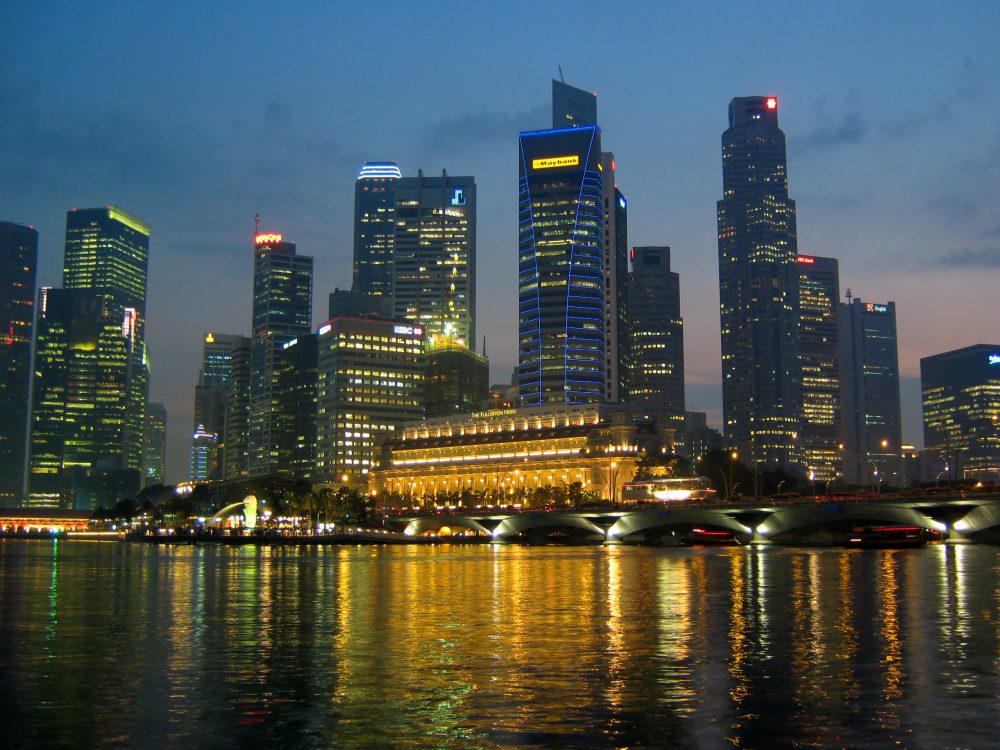 A large portion of the land in the Central Business District once belonged to Arab landowners. Image via Wikipedia.
A large portion of the land in the Central Business District once belonged to Arab landowners. Image via Wikipedia.
As a result, the government deposed the Arab community as the largest landowner in Singapore. Many Arab families saw their fortunes go downhill quickly.
Singaporean Arabs today
The last population census taken of Singaporean Arabs in 2010 placed their numbers at 8,419, though informal estimates numbered them closer to 10,000 as many identified themselves as Malay - a result of assimilation into the Malay culture.
Their fame have dwindled over time, but their names still live on in the legacies that they have left behind.
Top photo by Olaf Protze/LightRocket via Getty Images
If you like what you read, follow us on Facebook and Twitter to get the latest updates.
If you like what you read, follow us on Facebook, Instagram, Twitter and Telegram to get the latest updates.
